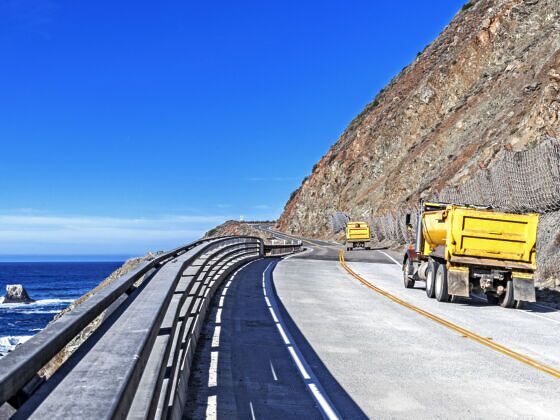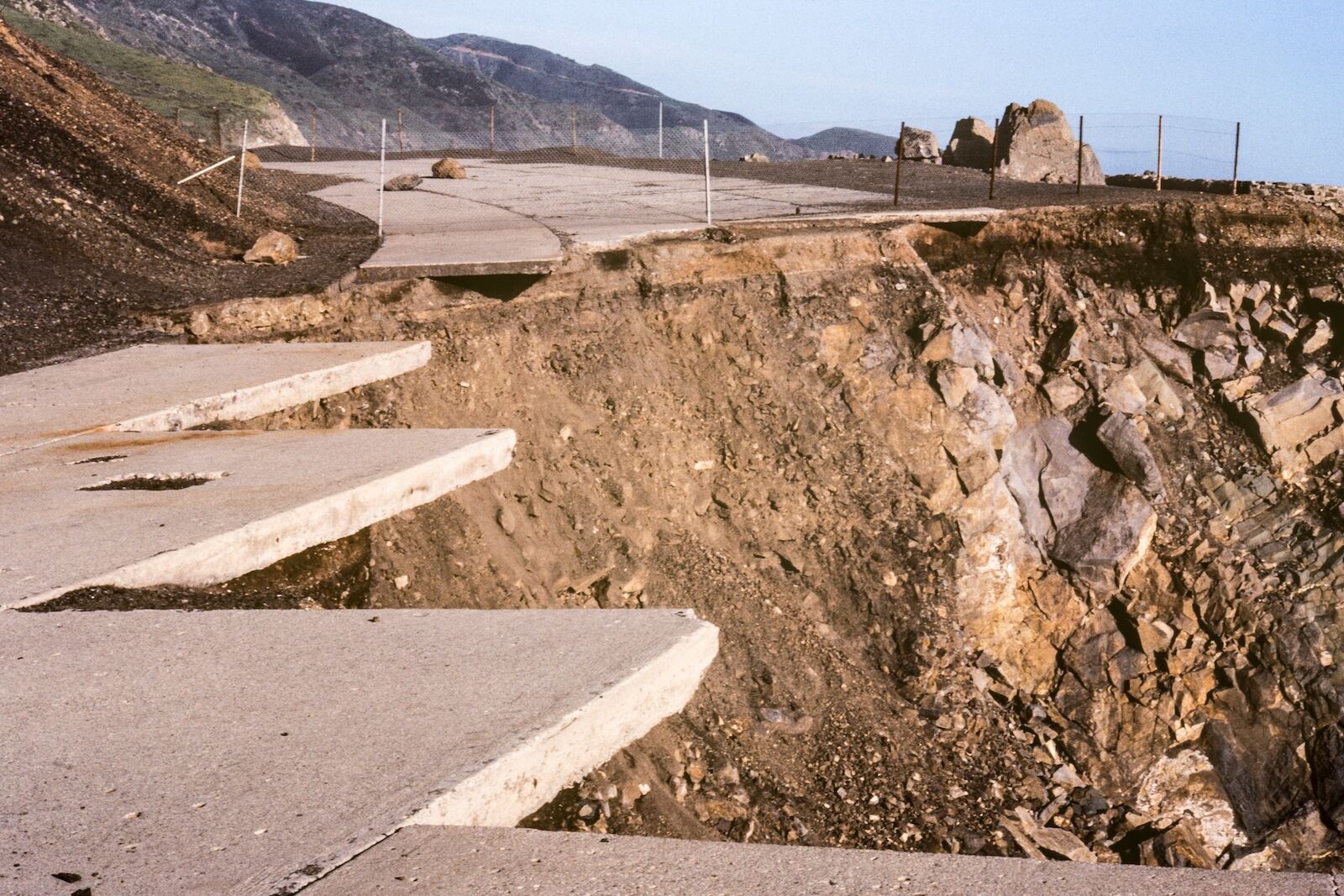Growing up in landlocked Colorado, the Pacific Coast Highway was the stuff of legend. There was this road in California, my friends and I would hear, where you can drive along the ocean all the way from San Diego to San Francisco, and even further if you want to. These tales would inevitably focus on the stretch through central California, where the hills surrounding San Luis Obispo form an impressive backdrop to the waves crashing on rocky shores – presumably because it takes mountains to make anything appeal to a Coloradan. The stories hooked me. For years I fantasized about this magical highway. The first big solo road trip I ever took was driving from south to north up the PCH, also called Highway 1, shortly after graduating college.


Experts Say America's Most Iconic Coastal Road Will Be Increasingly Unusable Due to Climate Change
The drive was everything I imagined it to be – passing through quaint coastal communities north of LA, and otherwise cruising on a thin road atop craggy rock faces, listening to the sounds of the ocean below. I stopped frequently to take photos and to marvel at this incredible feat of engineering. I remember thinking, “How on earth did they build this highway?” Yet one thing that stuck out was how vulnerable the road seemed.
While my trip (fortunately) went off without a hitch, it turned out that I wasn’t imagining that air of vulnerability. I should have better prepared myself in the case that something went awry.
California’s Highway 1 should be approached with caution and treated with respect

Archival footage from a rockslide in 1983 that collapsed part of Highway 1 near Malibu. Photo: trekandshoot/Shutterstock
Rockslides and damage to Highway 1 are very common. A recent slide that damaged and closed part of the road near Malibu is a frequent occurrence for those living along the highway. Matador’s managing editor, Nickolaus Hines, grew up in Lompoc, a small town on the Central Coast where Highway 1 doubles as the main street.
“The highway was the primary way in and out of town for any trips going north or south, as well as the many beaches dotting the coastline. Learning that there’s a rumor Highway 1 has never been fully operational for more than a year since it opened in the 1930s wasn’t a big surprise for someone who had to deal with regular closures due to wildfires, mudslides, flooding, and construction.”
Climate change is making these incidents more common, and in some case, worse.
“Almost a century since it was built and it has been slide after slide after slide,” Dr Gary Griggs, a coastal erosion expert at University of California, Santa Cruz, told The Guardian. “Nothing is ever going to change that, and, with these climate change indicators, it will probably get worse.”
Griggs has been sounding the alarm for years. He told USAToday in 2021 that rising global temperatures will further endanger the highway, and since then dozens of incidents, including rockslides, mudslides, and storm damage, have closed portions of the highway. Griggs notes that the day may come when it is too costly to repair the road, or otherwise doesn’t make sense to do so due to impending further damage.
I’m not here to argue for avoidance of Highway 1. I’d be a hypocrite to do so – storm damage and snow close roads in Colorado on a regular basis, making driving I-70 through the Rockies from Denver to Grand Junction among the most unpredictable and hazard-prone drives in the US. This has always been true in winter, and is now the case year-round, following the 2020 Grizzly Creek Fire in Glenwood Canyon that destroyed tree cover and made the road exceptionally vulnerable to rockslides.
Rather, scenic highways like the PCH should be treated as a living entity, because they may not always be there for us to enjoy. Human impact on the environment is inevitable at our scale. As travelers, we must be prepared to alter plans at a moment’s notice. The takeaway appears to be this: Drive the PCH. It’s beautiful and more than worth it. Just have a backup route planned for particularly perilous stretches, and if you can, add a day or two of buffer time into your trip planning.